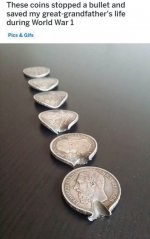McCDig
Silver Member
- Jan 31, 2015
- 3,753
- 9,039
- 🥇 Banner finds
- 1
- Detector(s) used
- Fisher F75
- Primary Interest:
- Metal Detecting
A special thanks to our Vets on this Armistice Day 2018!
My finds today and yesterday hearkened back to times when our Country was in the throws of global war.
On Nov. 10, a crisp and windy day in Baltimore I was hunting with JF and came upon a 30s signal on the Equinox 600 and it turned out to be this 1973D Kennedy half.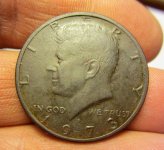
35th President and WWII veteran,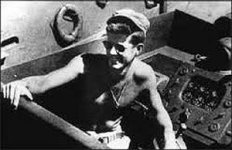 , he was assisted by Solomon Islander, Eroni Kumana,
, he was assisted by Solomon Islander, Eroni Kumana,
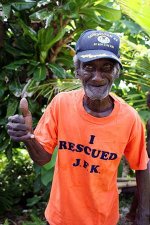 after his craft was damaged and crew escaped to the waters and nearby island.
after his craft was damaged and crew escaped to the waters and nearby island.
That war came to an end in Europe and the Pacific in 1945. Fittingly, my last coin dug today, the date that marks the end of the 2nd World War, is this 1945 P "War" nickel.
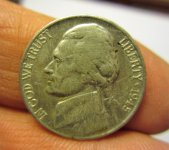
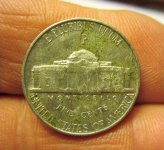
My finds today and yesterday hearkened back to times when our Country was in the throws of global war.
On Nov. 10, a crisp and windy day in Baltimore I was hunting with JF and came upon a 30s signal on the Equinox 600 and it turned out to be this 1973D Kennedy half.

35th President and WWII veteran,
 , he was assisted by Solomon Islander, Eroni Kumana,
, he was assisted by Solomon Islander, Eroni Kumana,
 after his craft was damaged and crew escaped to the waters and nearby island.
after his craft was damaged and crew escaped to the waters and nearby island.That war came to an end in Europe and the Pacific in 1945. Fittingly, my last coin dug today, the date that marks the end of the 2nd World War, is this 1945 P "War" nickel.


Amazon Forum Fav 👍
Last edited:
Upvote
14


